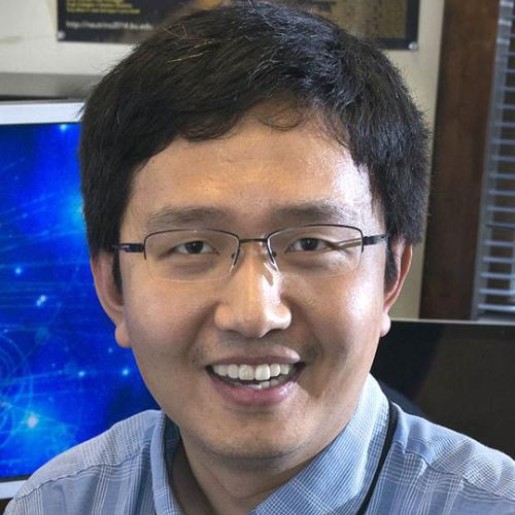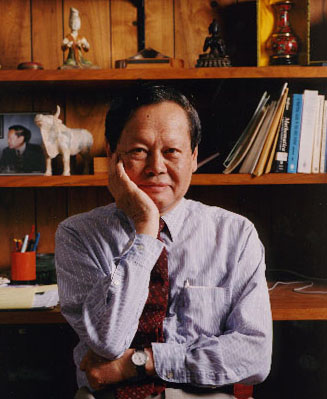
XIN QIAN
Adjunct Professor
Physics and Astronomy
xqian@bnl.gov
Personal Website
Curriculum Vitae. (Last updated: 2024 Jul 08)
Biography
Xin Qian is a particle physics scientist working to answer some of the remaining questions
in the standard model of particle physics and to search for new physics beyond the
standard model. Xin obtained his Ph.D. in experimental nuclear physics from Duke University.
He then joined Caltech as Robert Millikan Post-doctoral Scholar studying neutrinos.
After the post-doc training, Xin joined Brookhaven National Laboratory as staff scientist
and was promoted through the rank. He is currently physicist with Distinction of Tenure
and adjunct associate professor at Stony Brook University. Xin has been working on
numerous particle physics experiments as well as detector technologies from both hardware
and software sides. Xin has won many awards including 2011 Jefferson Laboratory Thesis
award, 2014 DOE early career award, 2017 EPS Young Experimental Scientist Prize for
his contribution to the Daya Bay experiment, 2022 BNL Science and Technology Award
(the highest honor at BNL) for his contribution to the MicroBooNE experiment and the
development of LArTPC detector technology.
Research Statement
My physics interest lies on answering some of the remaining questions about neutrinos:
i) are there new CP violations in the neutrino sector? ii) what is the nature of non-zero
neutrino mass and mixing? and iii) are there new flavors of neutrino? I have been
spending most of my time working on the development of the Liquid Argon Time Projection
Chamber (LArTPC), which is a new and powerful detector technology to study accelerator
neutrinos. Together with my colleagues, we came up with a new way of performing event
reconstruction in LArTPC: Wire-Cell. This technique is expected to be crucial for upcoming LArTPC experiments: SBN and DUNE.
Recently, I am working to develop a new rare pion decay experiments: PIONEER, to test lepton flavor universality and CKM unitarity. See SNOWMASS white paper.
Prior working on particle physics, I worked on electron scattering experiments in
understanding the spin structure of nucleon at Jefferson Lab.
|
|
|


